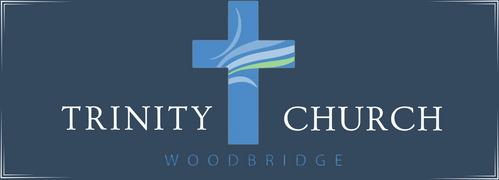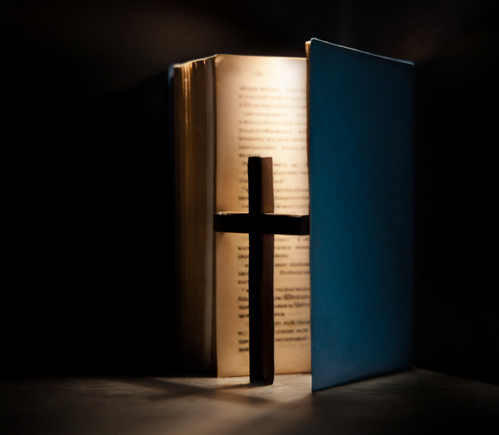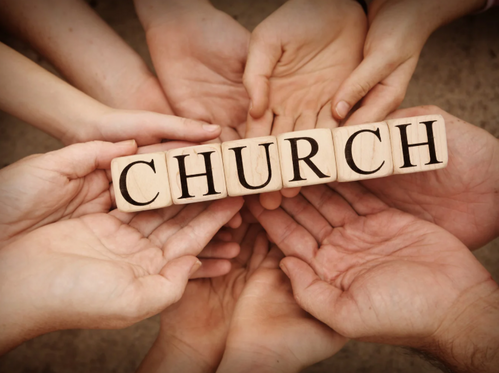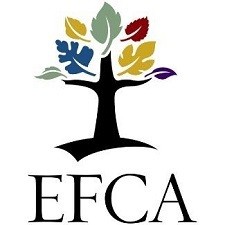Our history
During the last end of the nineteenth century, many Danish and Norwegian Christians immigrated to cities in the United States, including New Haven, CT. Many of these believers had been part of the lay revival movements in their homelands.
In 1882, Lars Haubro started preaching in a rented hall at 201 Orange Street in New Haven. Soon after, in 1897, the "Danish Evangelical Free Church" was formed with thirty-two charter members. In 1900 the name was changed to "The Danish-Norwegian Evangelical Free Church."
The first church building was located in New Haven on Cedar Street (1903-1923), then Elm and Platt Streets (1923-1972), and finally, at its present location on Center Road in nearby Woodbridge.
During the early years of the church, all services were conducted in the Danish-Norwegian language. This continued until 1910 when the Young People's Services and the Sunday School were conducted in English. In 1934 the name was changed to "The Evangelical Free Church of New Haven, Connecticut," and English was used for all services.
Trinity was known for its fellowship picnic days, that included three-legged-races, bag races, rope climbing, carrying heavy weights, and various kids' games.
In 1882, Lars Haubro started preaching in a rented hall at 201 Orange Street in New Haven. Soon after, in 1897, the "Danish Evangelical Free Church" was formed with thirty-two charter members. In 1900 the name was changed to "The Danish-Norwegian Evangelical Free Church."
The first church building was located in New Haven on Cedar Street (1903-1923), then Elm and Platt Streets (1923-1972), and finally, at its present location on Center Road in nearby Woodbridge.
During the early years of the church, all services were conducted in the Danish-Norwegian language. This continued until 1910 when the Young People's Services and the Sunday School were conducted in English. In 1934 the name was changed to "The Evangelical Free Church of New Haven, Connecticut," and English was used for all services.
Trinity was known for its fellowship picnic days, that included three-legged-races, bag races, rope climbing, carrying heavy weights, and various kids' games.
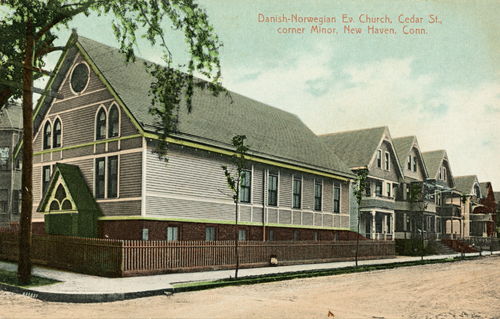
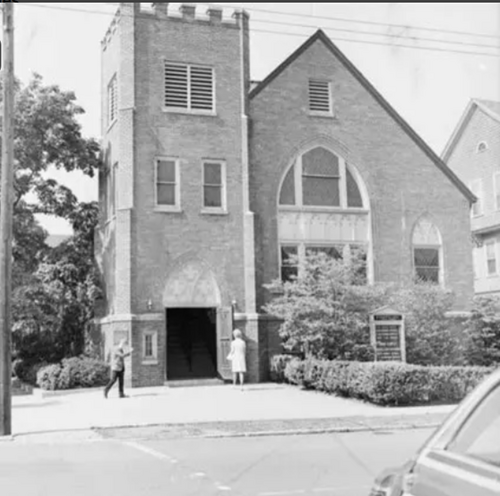
Trinity Today
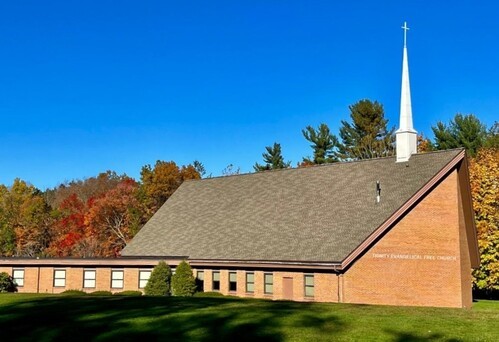
In 1968, eight acres of land was purchased to be Trinity's new home. Christmas Eve and New Year's Eve services were held in 1971 even though the building was not yet completed. The first regular service in the new church was on January 23, 1972, with 232 in attendance. In June of 1972, Trinity celebrated it's 75th anniversary with a dedication of the new building. Trinity has continued the legacy of picnic days for fellowship including volley ball, bocce and kickball.
